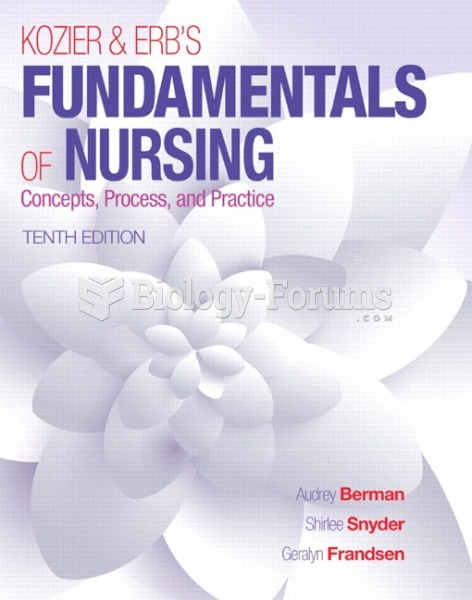Answer to Question 1
D
The nurse collaborates with the older adult to choose suitable foods, which is likely to be an ef-fective nursing intervention to help an older adult with hyperlipidemia achieve optimal health and well-being; it gives him some control over the regimen and thus engages him in the process of lowering serum cholesterol.
Informing the older man about dietary fiber offers no control to him because he is not part of the decision. Nursing interventions developed with the older adult's collaboration are most likely to help the older adult achieve health and wellness. Collaborating with the health care pro-vider for a low-fat diet is a reasonable approach to help this man with hyperlipidemia achieve health and wellness. However, he is more likely to have motivation and enthusiasm for a thera-peutic regimen over which he has had some control. Scheduling a consultation with a dietitian is a reasonable approach to an older adult with hyperlipidemia and is a part of a multifaceted ap-proach to optimizing his health. However, the older adult is more likely to engage in a regimen over which he has input.
Answer to Question 2
D
The patient's P, R, and BP increased significantly since his admitting vital signs and indicate the potential for pain or discomfort from the surgical incision. The older adult patient may also be experiencing pain unrelated to the surgery due to arthritic changes, neuropathies, etc. The patient can be misunderstanding the nurse's question or be barred from saying, yes, by cultural pat-terns. Such miscommunication is common; therefore the nurse rewords the question using another term for pain such as discomfort, burning, or pressure. Administering an opioid medication by IV route is unethical without the patient's request. When checking the surgical dressing for bleeding, the patient may show signs of pain rather than blood loss. Reporting the vital signs to the health care provider would be premature; the patient's pain assessment is not complete.






